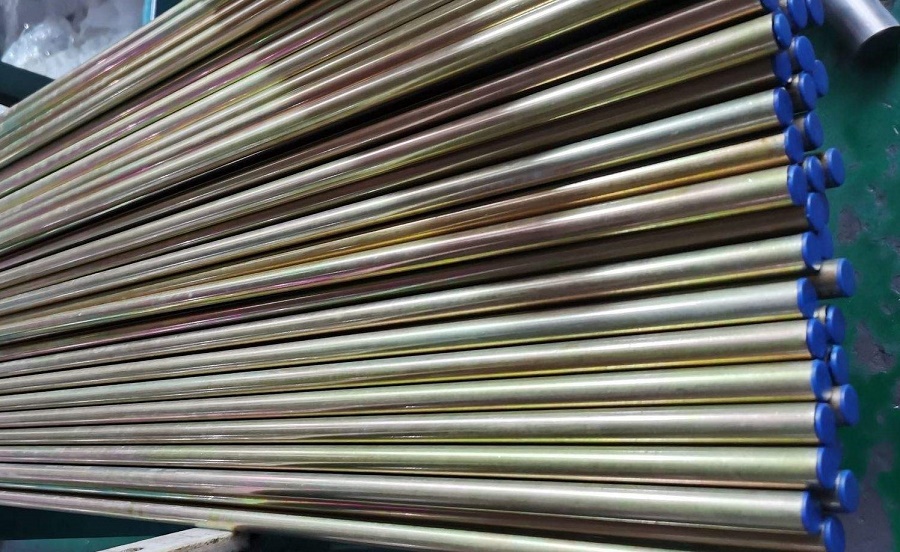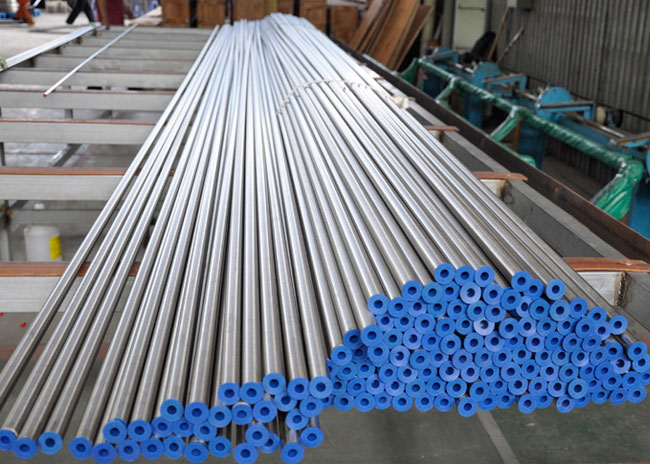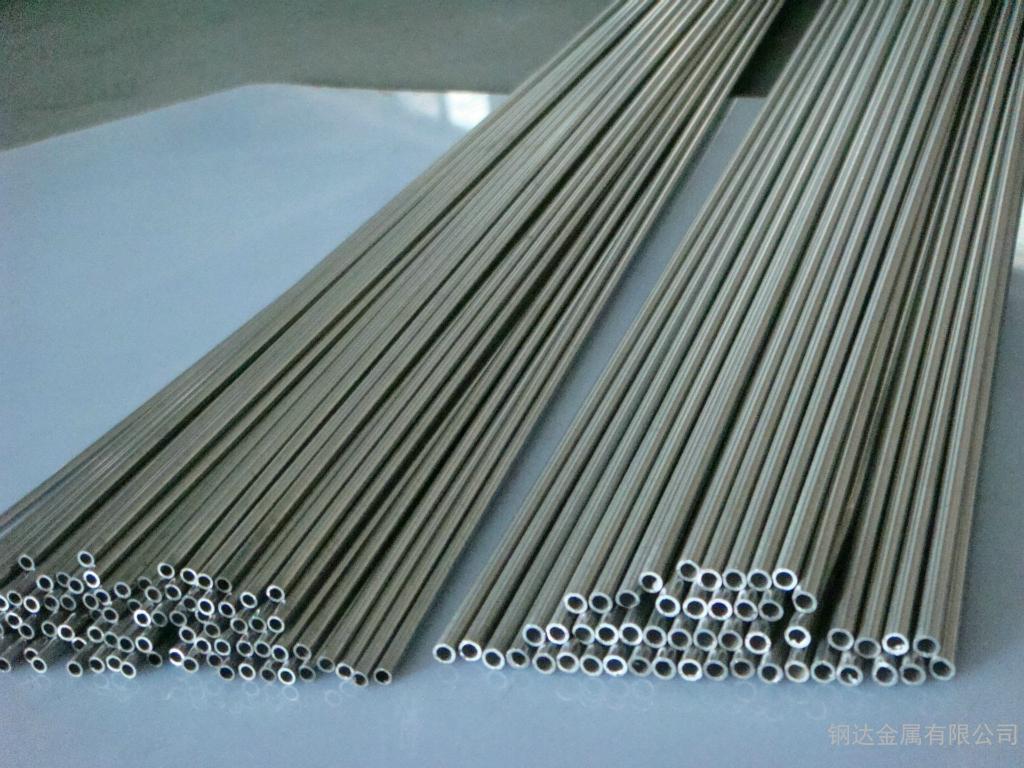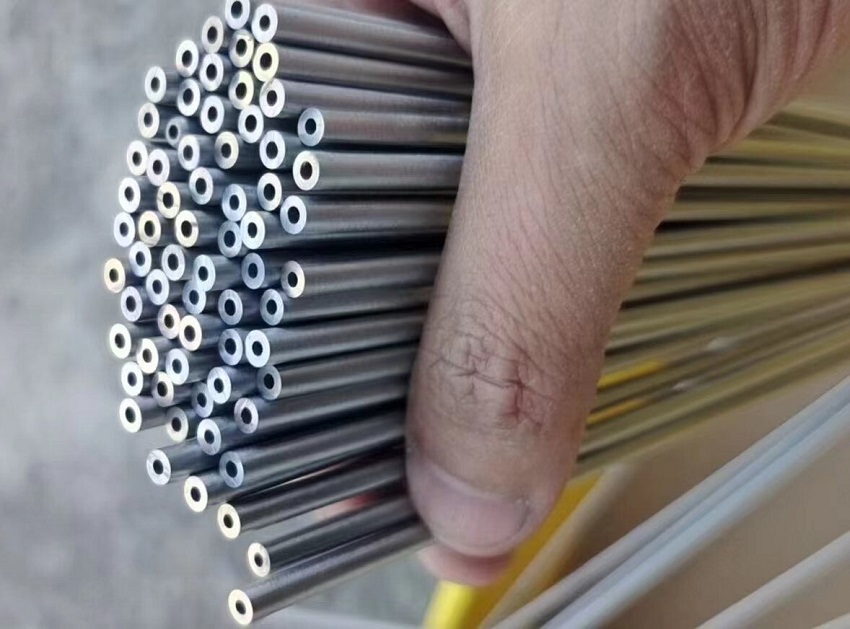NEWS CENTER
What DIN 2391 St35 refer to?
What DIN 2391 St35 refer to?
DIN 2391 St35 is a specific grade within the DIN 2391 standard, which pertains to seamless precision steel tubes.
DIN 2391 is a German standard established by the Deutsches Institut für Normung (DIN), which translates to the German Institute for Standardization. DIN standards are widely used in various industries to ensure consistency and quality in the manufacturing of materials and products. St35 refers to a specific type of steel used in the manufacturing of seamless precision steel tubes. The "St" stands for "Stahl," which is German for steel, and "35" represents the minimum tensile strength of the steel in N/mm². In the case of St35, the minimum tensile strength is 350 N/mm².
Characteristics of DIN 2391 St35:
- Seamless Precision Tubes:
DIN 2391 St35 specifies seamless precision steel tubes, emphasizing the importance of precision in their manufacturing process.
- Cold Drawn:
The tubes covered by this standard are typically cold-drawn, a process that involves pulling the tube through a die to reduce its diameter and achieve a smoother surface finish.
DIN 2391 St35 Tube Applications:
These tubes are often used in applications where precision and accuracy are critical, such as in the automotive industry for components like fuel injection systems and hydraulic systems. DIN 2391 St35 tubes find applications in various industries where precision and reliability are critical. Common uses include:
- Automotive Industry: St35 tubes are often employed in the manufacturing of automotive components such as fuel injection systems, steering systems, and shock absorbers.
- Hydraulic and Pneumatic Systems: The precision and durability of St35 tubes make them suitable for hydraulic and pneumatic systems where fluid or gas transportation requires seamless and reliable tubing.
- General Engineering: St35 tubes can be utilized in a range of general engineering applications where seamless precision tubing is necessary for specific requirements.
DIN 2391 St35 Tube Chemical Composition:
The exact chemical composition of St35 steel can vary, but it typically includes elements such as carbon, manganese, phosphorus, sulfur, and other alloying elements.
|
Element |
Composition (%) |
|
Carbon (C) |
0.17 max |
|
Silicon (Si) |
0.35 max |
|
Manganese (Mn) |
0.40 - 0.80 |
|
Phosphorus (P) |
0.04 max |
|
Sulfur (S) |
0.025 max |
DIN 2391 St35 Tube Mechanical Properties:
The mechanical properties of St35, including tensile strength, yield strength, and elongation, are specified in accordance with DIN 2391 standards to ensure the desired performance characteristics.
|
Property |
Value |
|
Tensile Strength |
340 - 470 MPa |
|
Yield Strength |
≥ 235 MPa |
|
Elongation |
≥ 25% |
|
Hardness (HV) |
≤ 175 |
DIN 2391 St35 Tube Dimensional Tolerances:
DIN 2391 also specifies dimensional tolerances to ensure that the tubes meet the required specifications with precision.
|
Outer Diameter (mm) |
OD Tolerance (mm) |
Wall Thickness (mm) |
WT Tolerance (mm) |
|
≤ 30 |
±0.08 |
≤ 1.5 |
±0.15 |
|
30 < OD ≤ 50 |
±0.15 |
1.5 < WT ≤ 3.0 |
±0.20 |
|
50 < OD ≤ 80 |
±0.20 |
3.0 < WT ≤ 4.0 |
±0.25 |
|
80 < OD ≤ 100 |
±0.25 |
4.0 < WT ≤ 6.0 |
±0.30 |
|
> 6.0 |
±0.40 |
DIN 2391 St35 is a specification for precision steel tubes used primarily in hydraulic and pneumatic systems. This standard covers seamless precision tubes made from St35, a low carbon steel grade known for its excellent forming and welding properties. The tubes produced under DIN 2391 St35 are characterized by their high dimensional accuracy, smooth surface finish, and enhanced mechanical properties, making them suitable for applications requiring high performance and reliability. These tubes are often utilized in automotive, mechanical engineering, and heavy machinery industries where precise and durable components are essential.

DIN 2391 St35 Tube
请输入搜索关键字
确定






